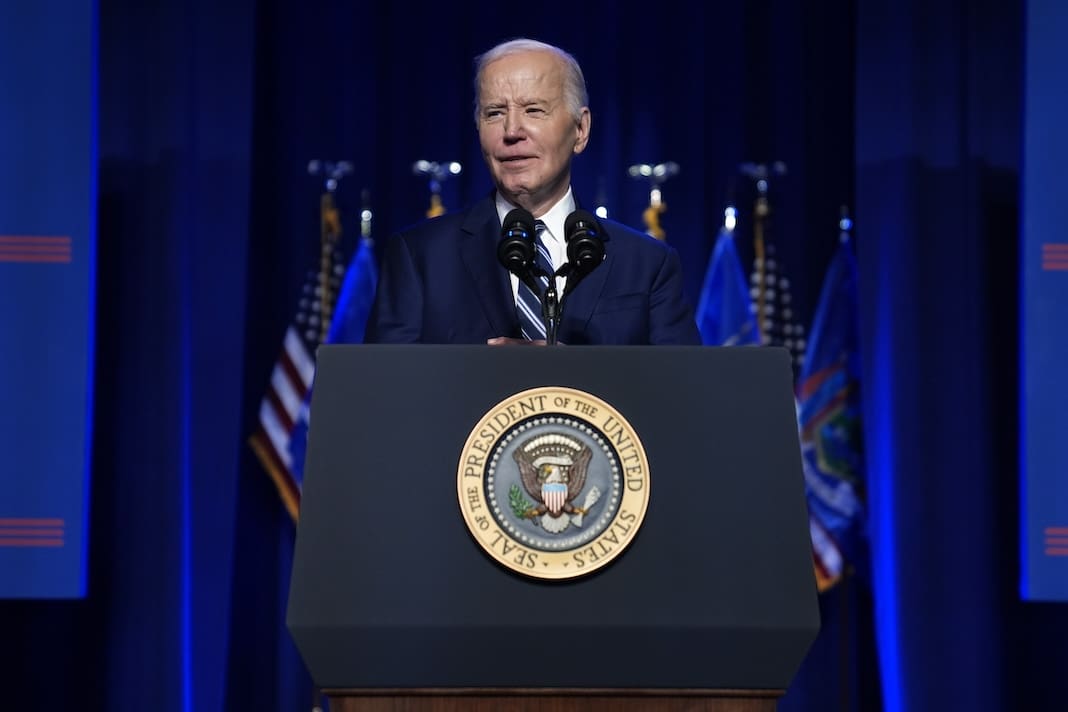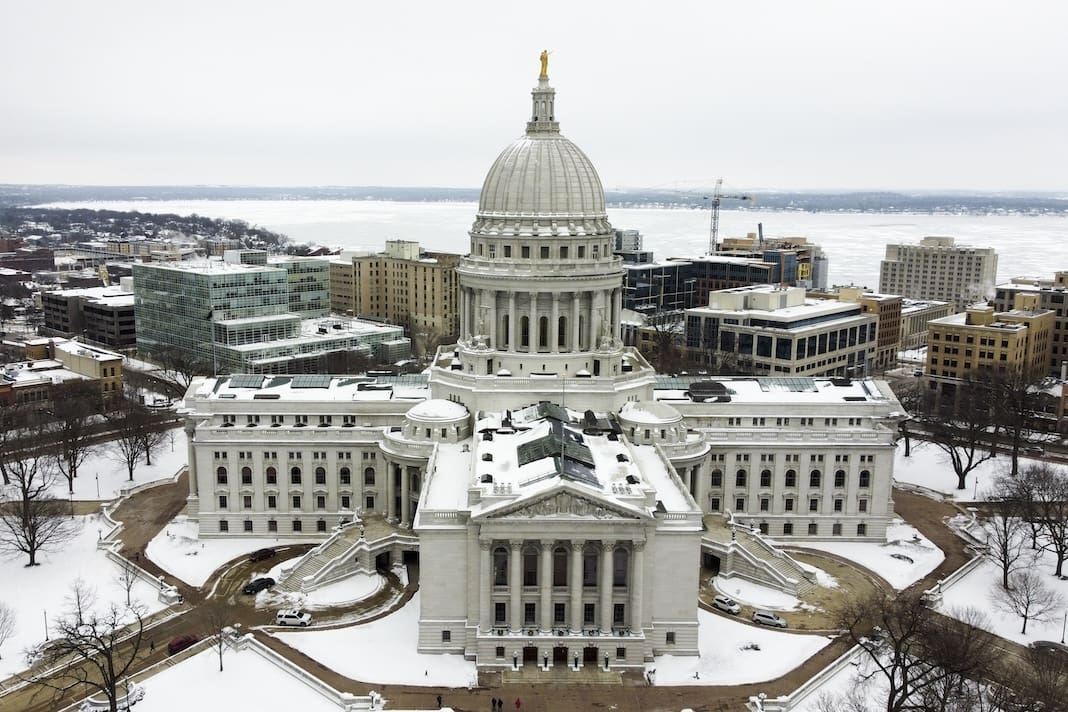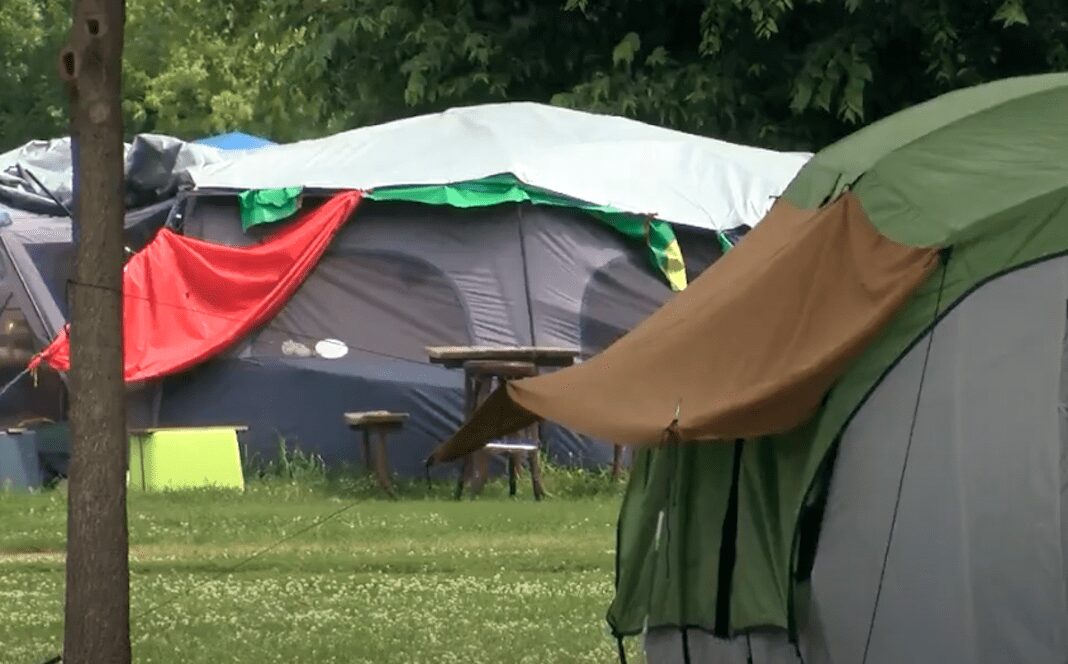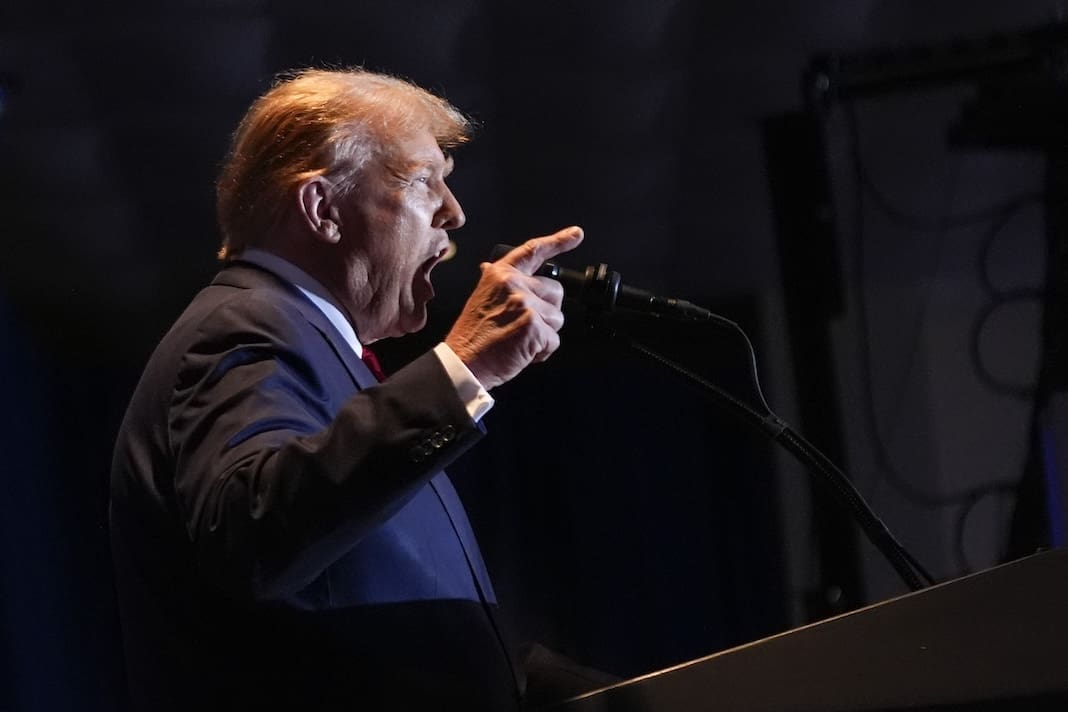Wisconsin might get more passenger trains, but Republicans have blocked past efforts
A new passenger rail system was squashed by former Republican Gov. Scott Walker more than a decade ago.

Wisconsin could get five new passenger rail lines with the help of $2.5 million in federal grants, connecting some of the state’s largest cities with surrounding states and metropolitan areas.
But Wisconsin’s changing political landscape has gotten in the way of expanding passenger rail in the state in the past. As top Republicans still feel wary about using state funds to expand rail in the state, could politics doom the project again?
The White House and Democratic Sen. Tammy Baldwin announced last week that the Corridor Identification and Development program run by the Federal Railroad Administration, under the Department of Transportation, was awarding five $500,000 grants to aid in planning and development for five new routes in Wisconsin. The grants are funded by the Bipartisan Infrastructure Law.
The routes would include a possible passenger rail route through the state’s capital city of Madison for the first time since 1971. The new line would connect Madison with Milwaukee and Eau Claire, and the city is already exploring locations in which to build a station for the route. The other routes mentioned are Eau Claire to the Twin Cities, Milwaukee to Green Bay, and Chicago via La Crosse to St. Paul, and improvements on the existing line between Milwaukee and Chicago.
The grants would be used in the planning and development stages, including determining the scopes, schedules and cost estimates for the projects. The money itself will go to the Wisconsin Department of Transportation, which will work with local officials. The planning stage of the project is to be completely federally funded and won’t require any state funding for now.
“It’s really the first stage, but it’s pretty exciting because it allows you to move forward, and there is a path to the next stage,” said Scott Rogers, the vice president of government for the Eau Claire Chamber of Commerce and chair of the advocacy group West Central Wisconsin Rail Coalition. “Sometimes people, because these have been talked about for so long, say, ‘Well, it’s just another study.’ But this is a study with a next step after the study that leads to actually being able to buy tickets and get on trains.”
There has long been interest in passenger rail in Eau Claire, Rogers said. It would help the growing city boost its economy and attract more people who are already interested in the community’s arts and outdoor recreation scene, and would be well used by the state university community, he said.
“We think it’s just a continuation of the vibrancy we have here,” Rogers said.
According to Rogers, passenger rail would fill a mobility gap in Wisconsin, a state where people rely on driving for most of their transit. Passenger rail would help connect communities and give another transportation option to those who don’t want to drive.
It might also help attract new employees, visitors and customers to communities and businesses. More than 60 businesses, organizations, tourism groups and educational entities have signed a statement supporting the passenger rail expansion, including a number of University of Wisconsin schools and the Green Bay Packers.
“Frequent service to more cities will help attract and retain business and the talent critical to its success; provide a convenient, economical and environmentally-friendly alternative to driving; accelerate economic growth opportunities; improve quality of life; increase tourism; and add resiliency to our transportation system,” the groups said in the statement.
Politics got in the way
While it may seem like a simple, uncontroversial transportation issue, passenger rail has a history of entanglement in political fights.
Decades ago, Republicans championed high-speed rail in Wisconsin. In the 1990s, Republican Gov. Tommy Thompson, who also served as the chair of Amtrak, was a fierce advocate for expanding railways with a high-speed rail system known as the “Midwest Rail Initiative,” which would have spanned nine states.
Thompson said his Republican colleagues supported his plan at the time, though there was never a vote, according to Wisconsin Public Radio’s podcast “Derailed.”
But his plan lost steam when Thompson was appointed by President George W. Bush to lead the Department of Health and Human Services in 2001 and left his role as governor — and plans for the trains — behind.
Losing its ambitious advocate in Thompson, the rail project didn’t find resurgence until 2010, when the state was awarded $810 million to expand passenger rail from a federal stimulus package meant to help the country rebound from the Great Recession in 2008.
But politics had changed since the previous time passenger rail had seemed possible in the state. The tea party movement had begun, and the two major political parties were growing more and more divided. During the state’s 2010 gubernatorial race, Republican Scott Walker came out against the plan as too costly, too slow, and favoring the state’s two largest cities. He made it a central part of his campaign and famously called the train a boondoggle, a waste of money.
Once elected in November 2010, Walker rejected the federal stimulus money, killing the opportunity for expanded passenger rail in Wisconsin.
Looking forward
“We basically say, that was then and this is now,” Rogers said of the political history surrounding passenger rail in Wisconsin. “We don’t look back, we look forward. And we know that there has been a decade or more in time since then, and we’ve seen places in the country where passenger rail has been implemented and runs on time, and that it’s very well used and it’s an economic driver for their communities. So we’re looking forward, we’re not looking back.”
Although Walker is no longer governor, Republicans still hold a tight grip on Wisconsin with majorities in both chambers of the state Legislature, and many GOP leaders hold the same sentiments as Walker did more than a decade ago.
When asked about a possible passenger rail expansion last year, Assembly Speaker Robin Vos said, “No state funding.” Other leading Senate Republicans said they were against spending any state money to connect Madison and Milwaukee via train.
“I don’t think it makes sense to build a rail, even if it’s mostly through federal money, if we’re stuck on the hook subsidizing it for the next 30 years,” Senate Majority Leader Devin LeMahieu told the Associated Press in 2022.
Rogers thinks this time around there is enough evidence from other communities around the country that passenger rail is successful. He pointed to Missouri, a conservative state where passenger rail has added millions of dollars to the economy. He also pointed to a train station built in Normal, Illinois, a decade ago, which has sparked new developments and economic growth in the surrounding neighborhood.
“I think we’re cautiously optimistic that there’ll be a strong case for this,” he said. “It’s something that happens in every state, and I think we’re seeing the value in a lot of places. And it doesn’t matter which party is in control.”




